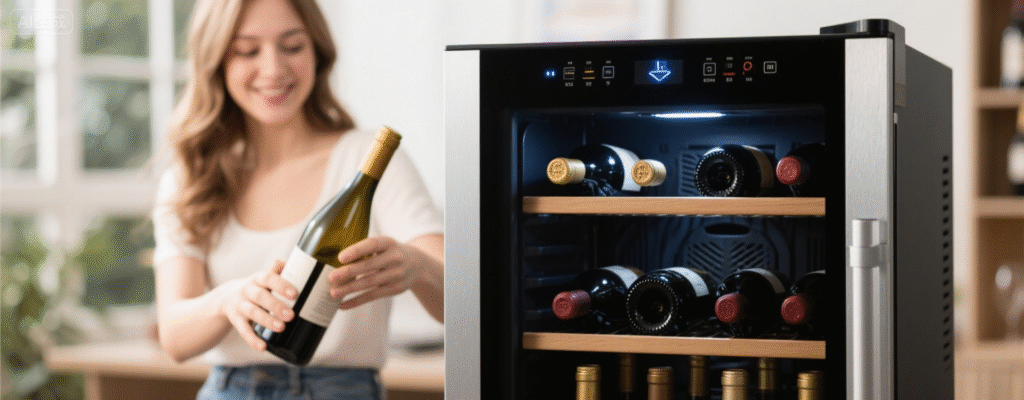For the discerning wine and spirits enthusiast, proper storage is paramount. A dual-zone wine and beverage cooler offers the ultimate solution, moving beyond the limitations of single-temperature units. This article explores the distinct advantages of this advanced appliance and provides a practical guide to selecting and organizing one to perfectly preserve your entire collection, from fine vintages to craft beers.
The Unmatched Benefits of Dual-Zone Cooling
Unlike a standard wine fridge, a dual-zone cooler features two completely independent climate compartments. This allows you to set a specific temperature and humidity level for each zone, a critical feature for any serious collector. The science of wine storage, as detailed in studies by the University of California, Davis Department of Viticulture and Enology, consistently shows that different wines mature best at different temperatures. For instance, a 2019 industry report by Wine Spectator emphasized that long-term storage of reds is ideal between 55°-58°F (13°-15°C), while whites, rosés, and sparkling wines require a crisper 45°-50°F (7°-10°C). A dual-zone unit makes this precise control possible, ensuring your delicate white Burgundies don’t suffer while your robust Bordeaux ages gracefully.
The benefits extend beyond just wine. The second zone can be dedicated to other beverages that demand different serving temperatures. You can keep craft beers at a cool 45°F (7°C), soft drinks and mixers perfectly chilled, or even create a humidor-like environment for premium cigars. This versatility transforms the appliance from a simple wine storage unit into a comprehensive beverage management center for your home or bar.
Selecting and Organizing Your Dual-Zone Unit
When choosing the right dual-zone wine cooler, several factors come into play. First, consider capacity and layout. Look for a model with adjustable shelving that can accommodate a variety of bottle sizes, from standard Bordeaux to tall Champagne bottles. The type of cooling system is also crucial; compressor-based systems are generally more powerful and better for units with larger capacities or those placed in warmer environments, while thermoelectric models are quieter and vibration-free, an important consideration for delicate, aging wines.
Once you have your unit, organization is key to maximizing its potential. Follow these best practices for an optimized collection:
- Assign Zones Strategically: Designate one zone for long-term aging (typically the lower, more stable temperature zone for reds) and the other for ready-to-drink bottles like whites, sparkling wines, and other beverages.
- Store Bottles Horizontally: This keeps the cork moist and prevents it from drying out, which is essential for preventing oxidation, a primary cause of spoiled wine.
- Minimize Light and Vibration: Place your wine and beverage cooler away from direct sunlight and appliances that cause vibration, as both can degrade wine quality over time.
In summary, a dual-zone wine and beverage cooler is an indispensable investment for anyone serious about preserving and enjoying their drinks at peak condition. It provides the precise environmental control needed for diverse collections, marrying the science of proper storage with everyday convenience. By understanding its benefits and implementing a logical organization strategy, you can elevate your home bar and ensure every bottle you open is a perfect representation of the maker’s intent.
